Ship Propellers
We Manufacture Efficient & Silent Ship Propellers
At Rice Propulsion, we specialize in manufacturing fixed-pitch marine propellers for all types of vessels. Our extensive range includes various models and sizes. Each one is expertly crafted from bronze and stainless steel to ensure exceptional durability and reliability, even in the most demanding conditions.
We provide as well customized ship propellers for a wide variety of applications. These include yachts, ferries, cargo vessels, workboats, fishing vessels, research vessels, and navy vessels.
Bronze Propellers.
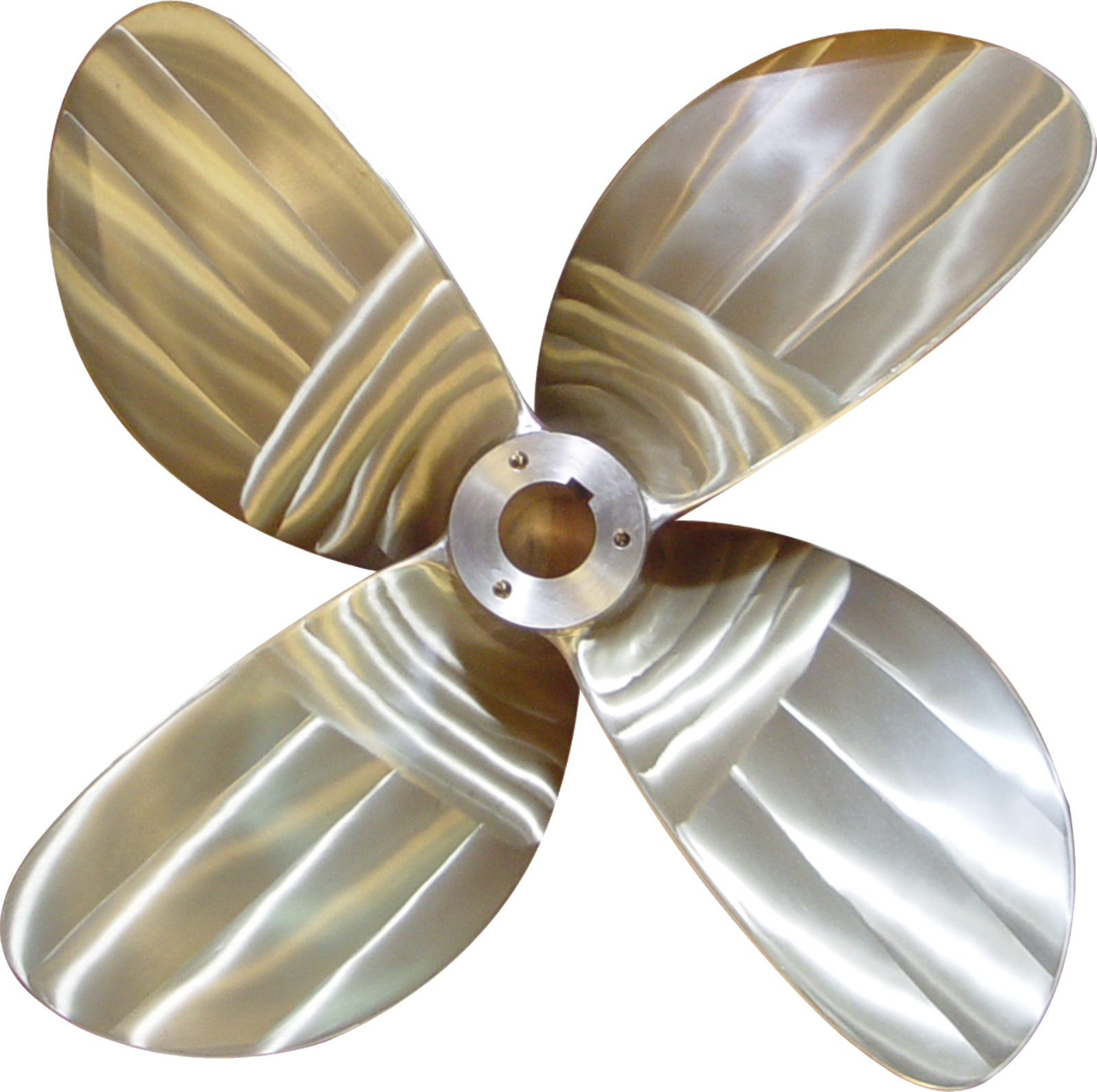
Delfín Marine Propeller
With high resistance and a versatile design Delfin Marine Propeller blade area can be adjusted without changing the number of blades, providing greater thrust or higher speeds.
Used worldwide on fishing vessels, supply ships and workboats.
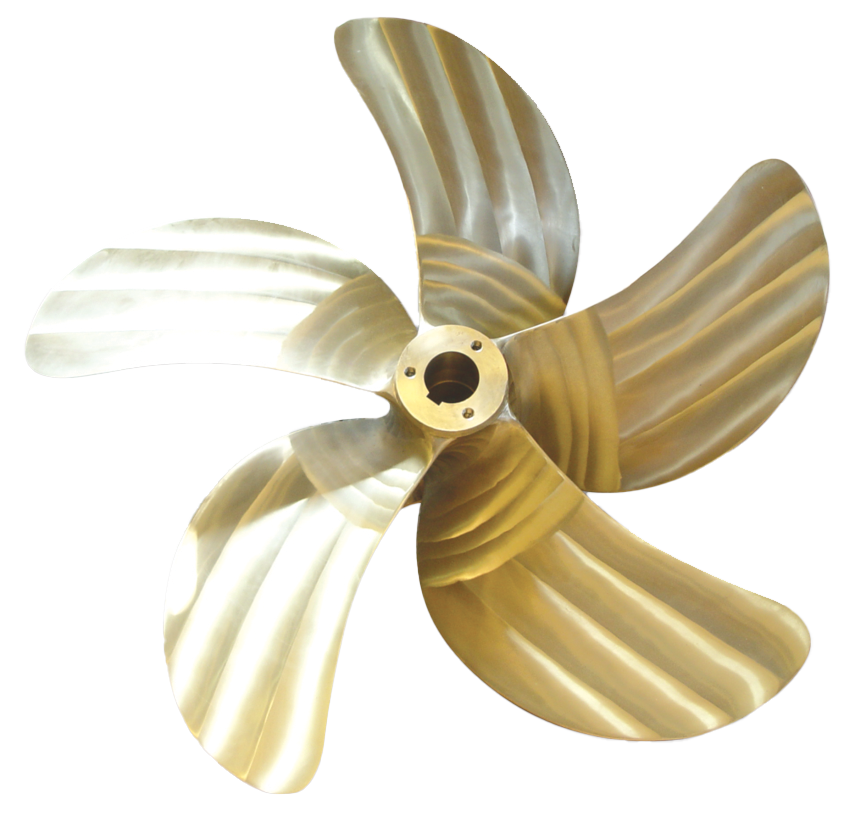
Nautilus Propeller
The Nautilus Propeller offers low noise and vibration, ensuring smooth and quiet operation thanks to a design that minimizes blade pressure.
Its blade proportions can be adapted to meet client needs.
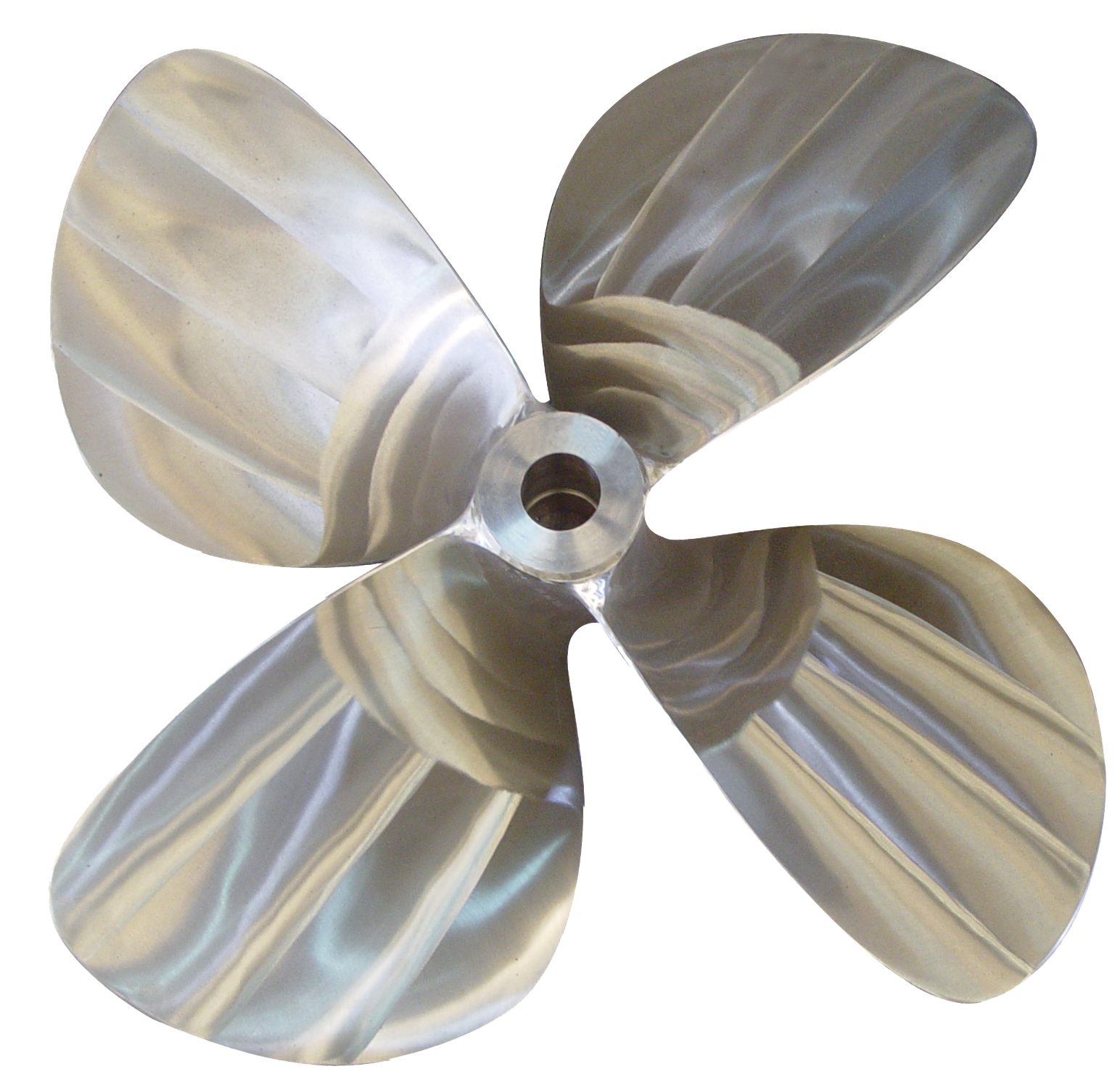
Cruise Ship Propeller
The Cruise Ship Propeller is designed for yachts and passenger transport, delivering excellent performance and planning speed while eliminating hull-damaging vibration.
It combines comfort and efficiency for an optimal sailing experience.
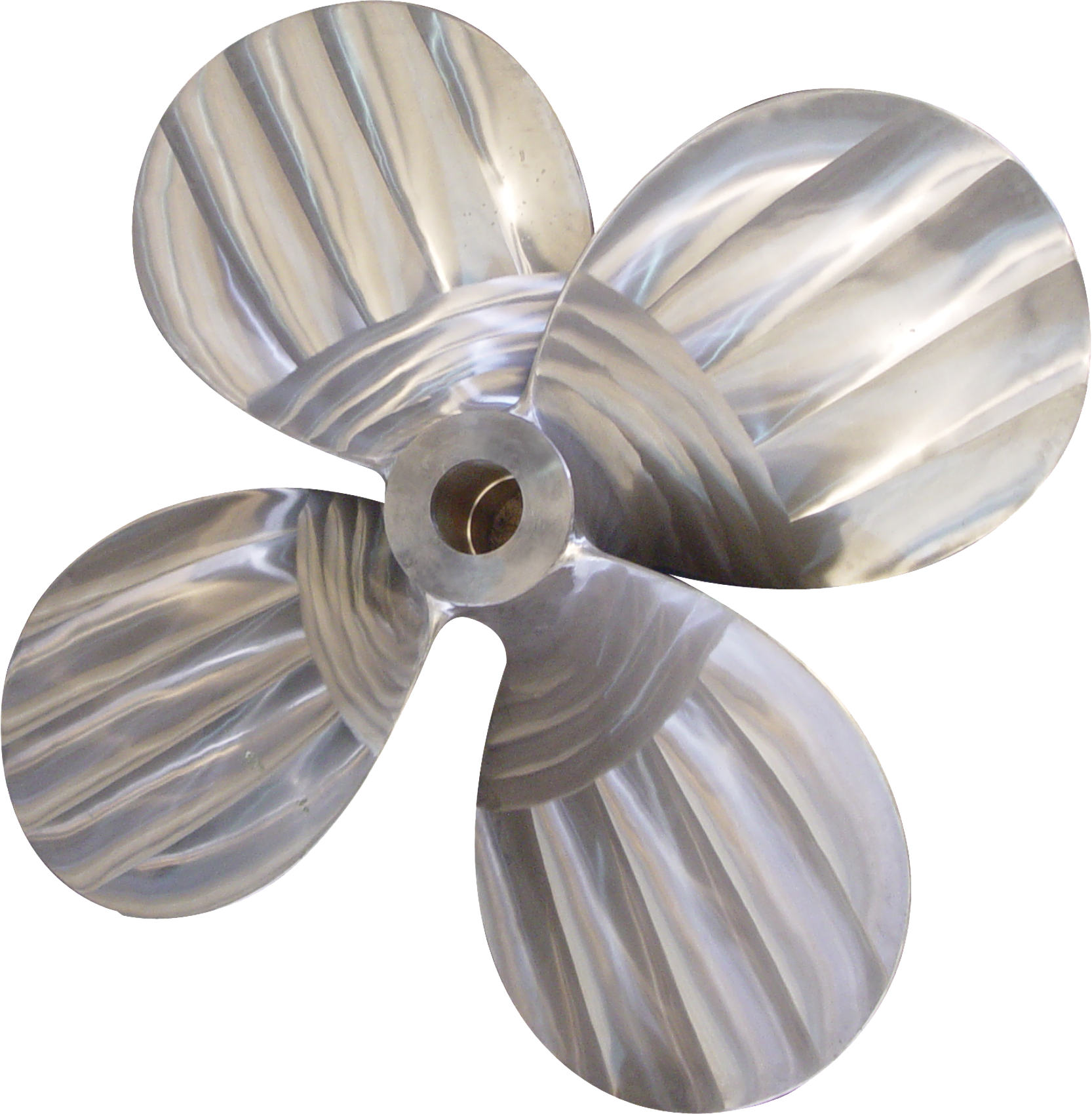
Titán Propeller
Ideal for tugs, workboats, and heavy-duty vessels, the Titan Propeller provides higher thrust in smaller diameters.
Its larger blade sections optimize performance for vessels with limited propeller space, allowing high-power transmissions.

K-Speed Ship Propeller
The K-Speed Ship Propeller features a reduced force-excitation level, improving blade stress distribution for smooth and silent operation.
Its blade proportions can be adjusted to meet any requirement.
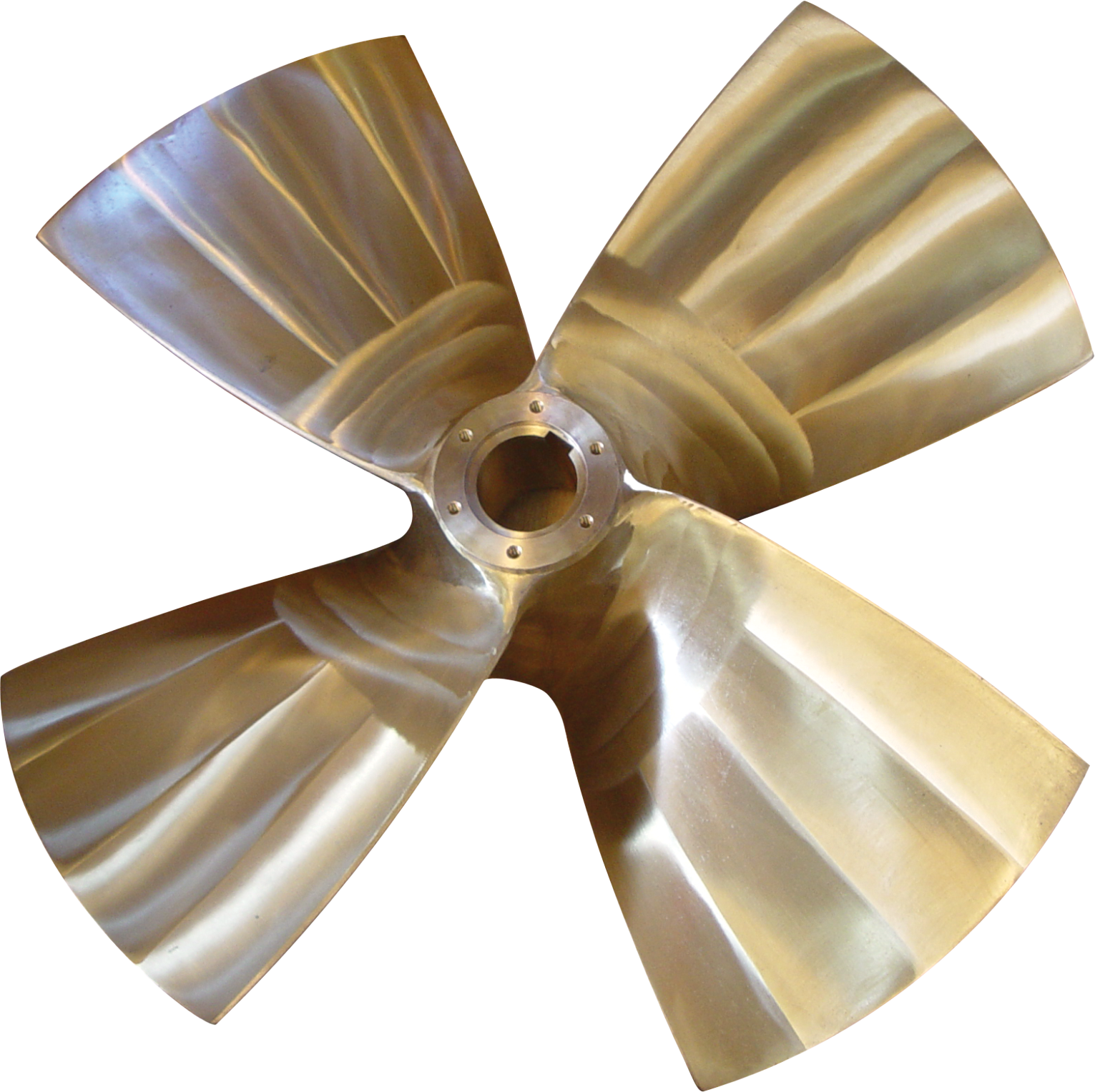
Kaplan Propeller
The Kaplan Propeller is designed to maximize efficiency within nozzles.
It provides greater thrust for vessels carrying heavy loads at low speeds.
Need a ship propeller? Fill out this form and we'll send you a personalized quote.
Stainless steel propellers
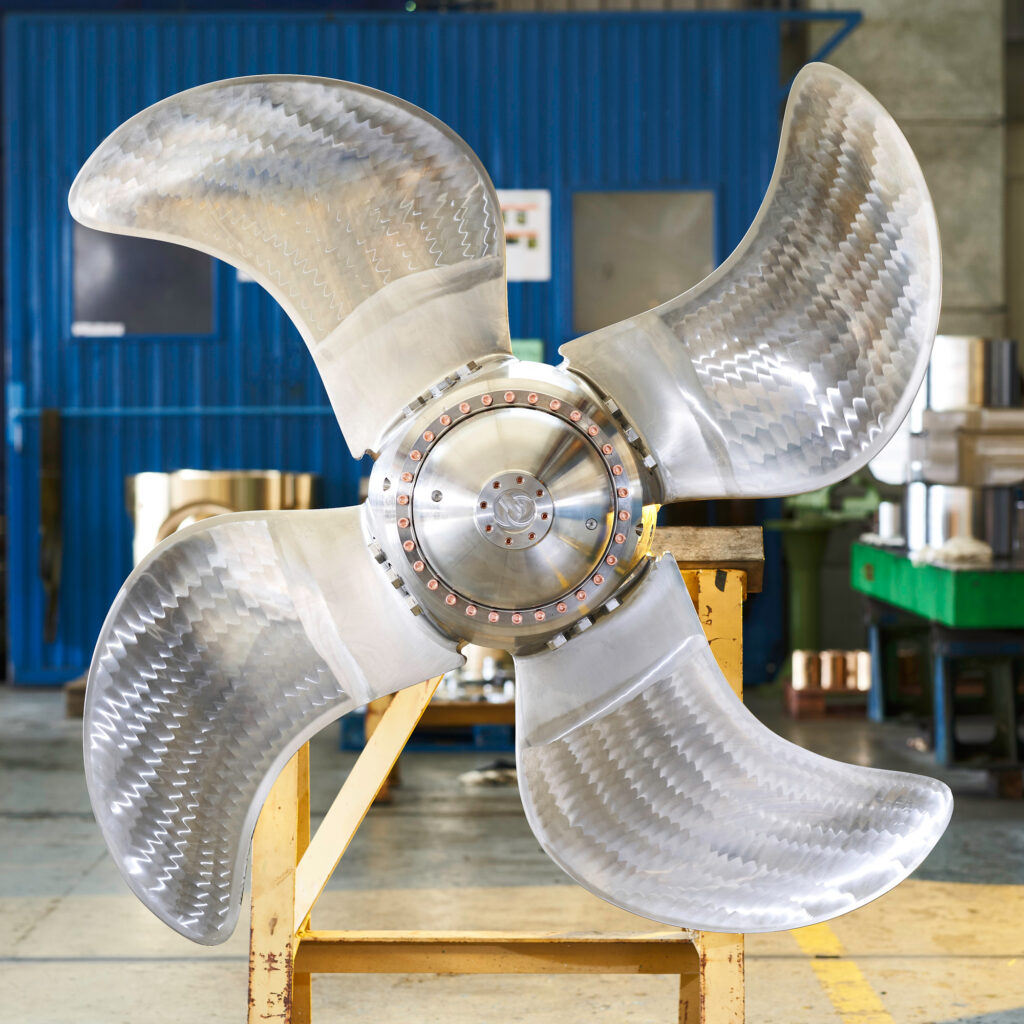
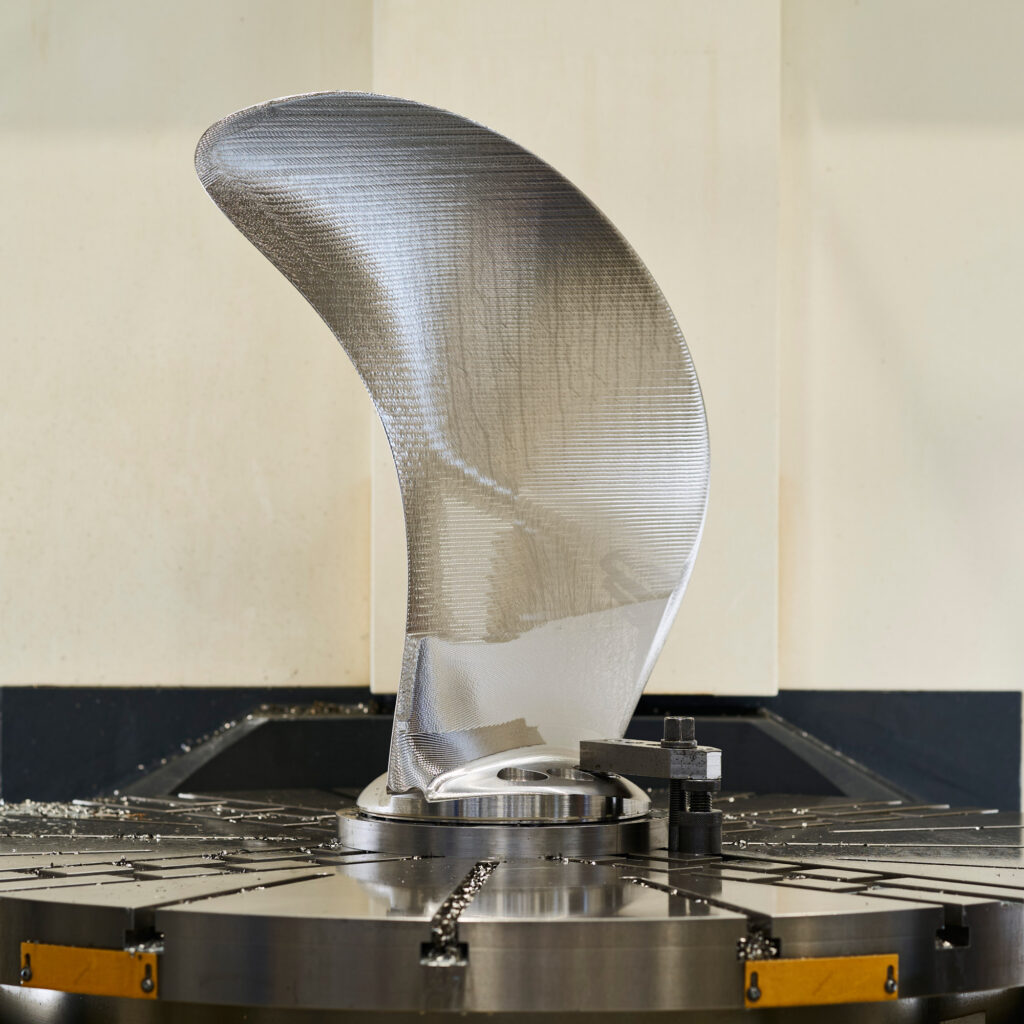
We manufacture all types of stainless-steel propellers. They are specifically designed for river navigation and demanding work environments, such as ice conditions.
Additionally, our stainless-steel propellers offer exceptional resistance to wear and erosion caused by river operations. They provide as well high impact resistance against floating objects.
Technical Specifications of Our Propellers
Specifications
• 3 to 7 blades
• Sizes from 30” to 160” (0.7-4.0 m)
• Up to 12 tons
Materials
• Cu3 Aluminum bronze
• Cu1 Manganese bronze
• CF3 Stainless Steel
Certifications
• ABS
• DNV
• BV
• LR
• RINA
CPP – Controllable pitch blades
If you need to replace or optimize your blades, we’re ready to help.
We have a lot of experience in designing, redesigning, and supplying controllable pitch blades for leading brands such as KaMeWa, Lips, Wärtsilä, MAN, Schottel, Berg, and more.
Together with the support of our sister company Baliño, part of the Grupo Emenasa, we manufacture blades from high-quality materials.
These include Cu3 aluminum bronze and CF3 or 13-4 stainless steel, meeting the standards of any classification society.
Along with that, we perform reverse engineering to accurately replicate blade bases.
This allows us to manufacture blades as well as other propeller components, such as hubs and bolts, based on physical samples.
Finally, our services include component or hull scanning during dry-dock periods.
As a result, we ensure precise and fully tailored solutions.
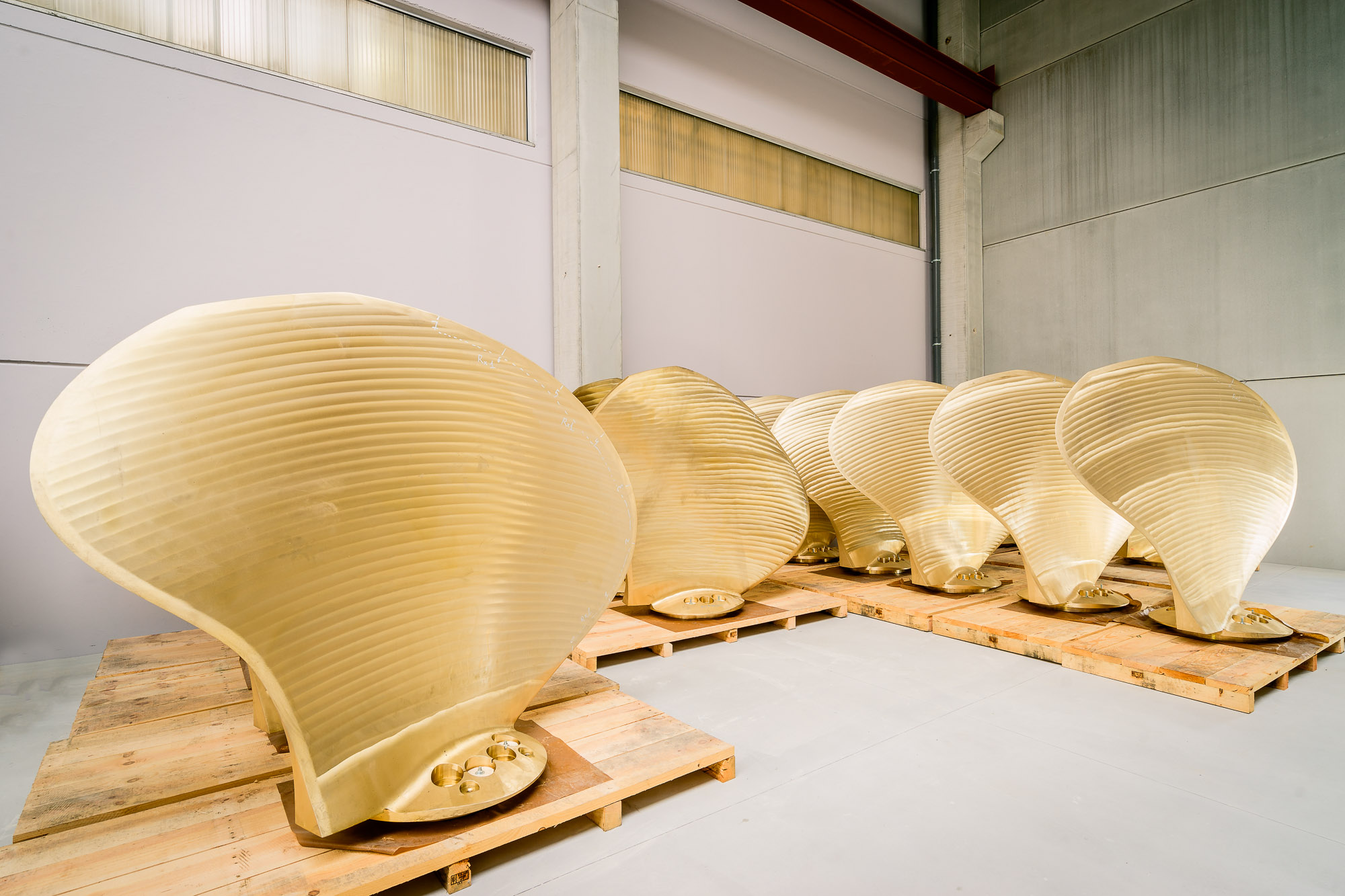
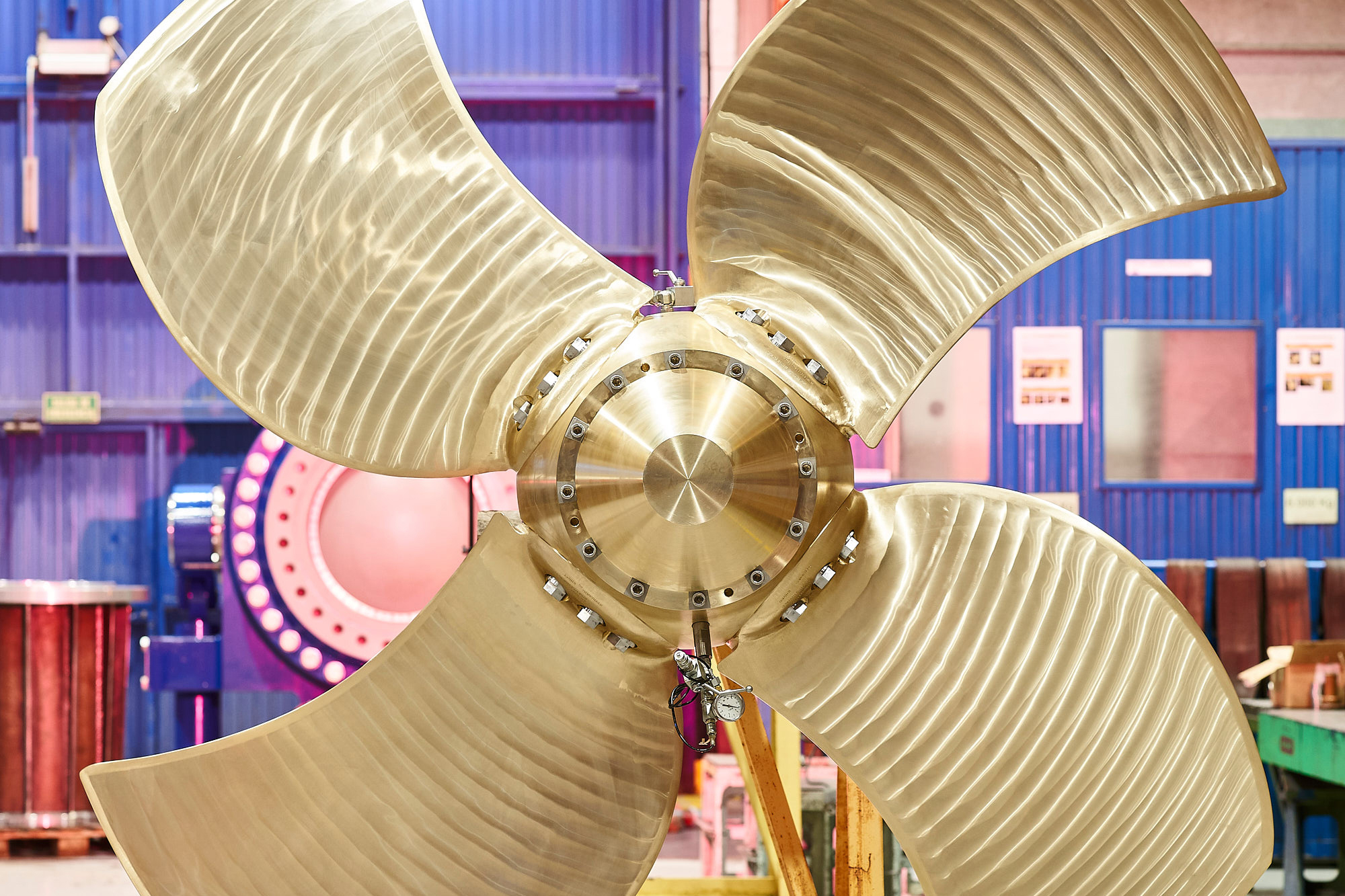
About our Ship Propeller Design
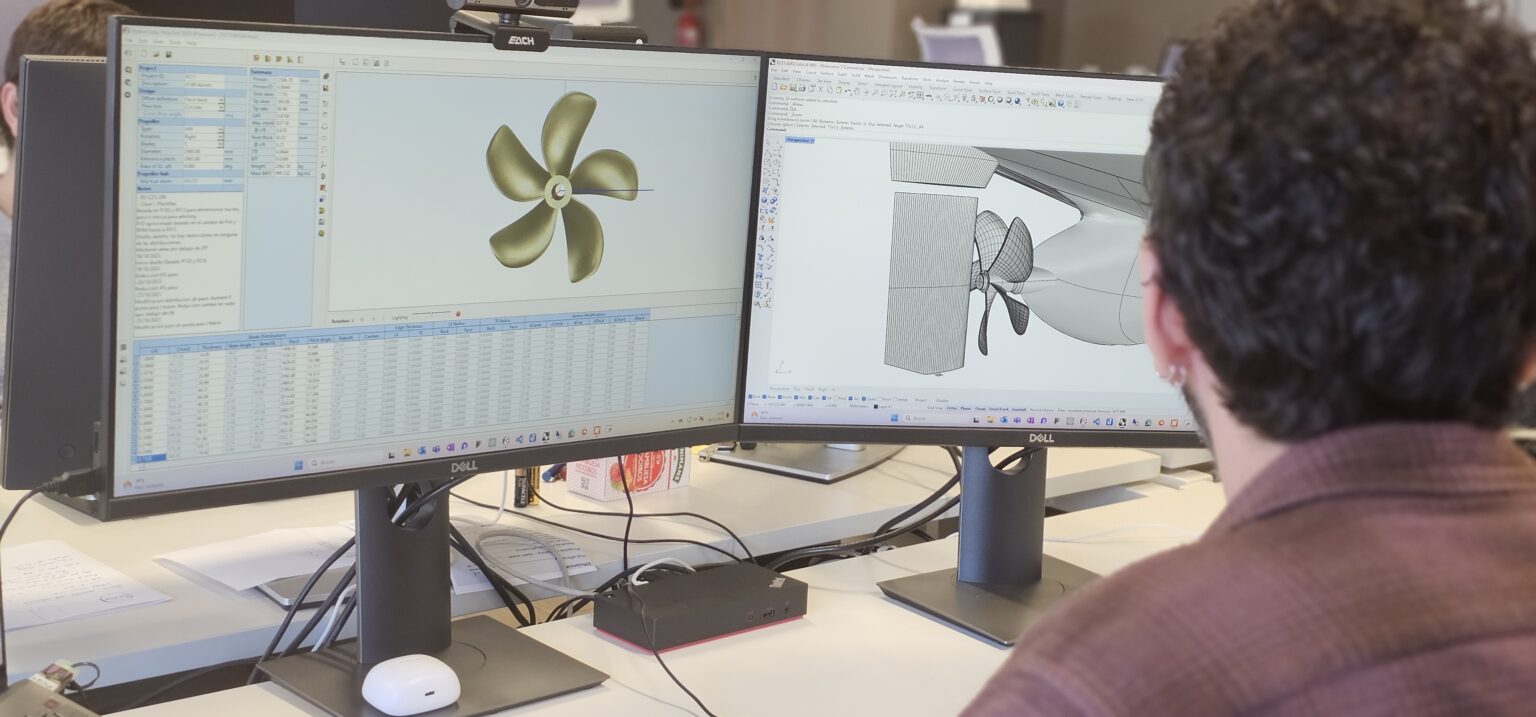
With our computer-based CFD (Computational Fluid Dynamics) design engineering, we create ship propellers that meet all requirements for speed, thrust, noise, and vibration. They also comply with geometric and hydrodynamic constraints.
We know that even small improvements in marine propeller design can lead to significant fuel savings over the vessel’s lifetime.
We are Specialists in Marine Propeller Casting
We manufacture our marine propellers in our foundry in Spain.
We meet the highest technical standards and operate in state-of-the-art facilities equipped with the latest technology.
In addition, our automated process uses CNC machines and robots to ensure precision and efficiency.
This allows us to deliver high-quality ship propellers with reduced lead times.
Learn more about our full casting process here.
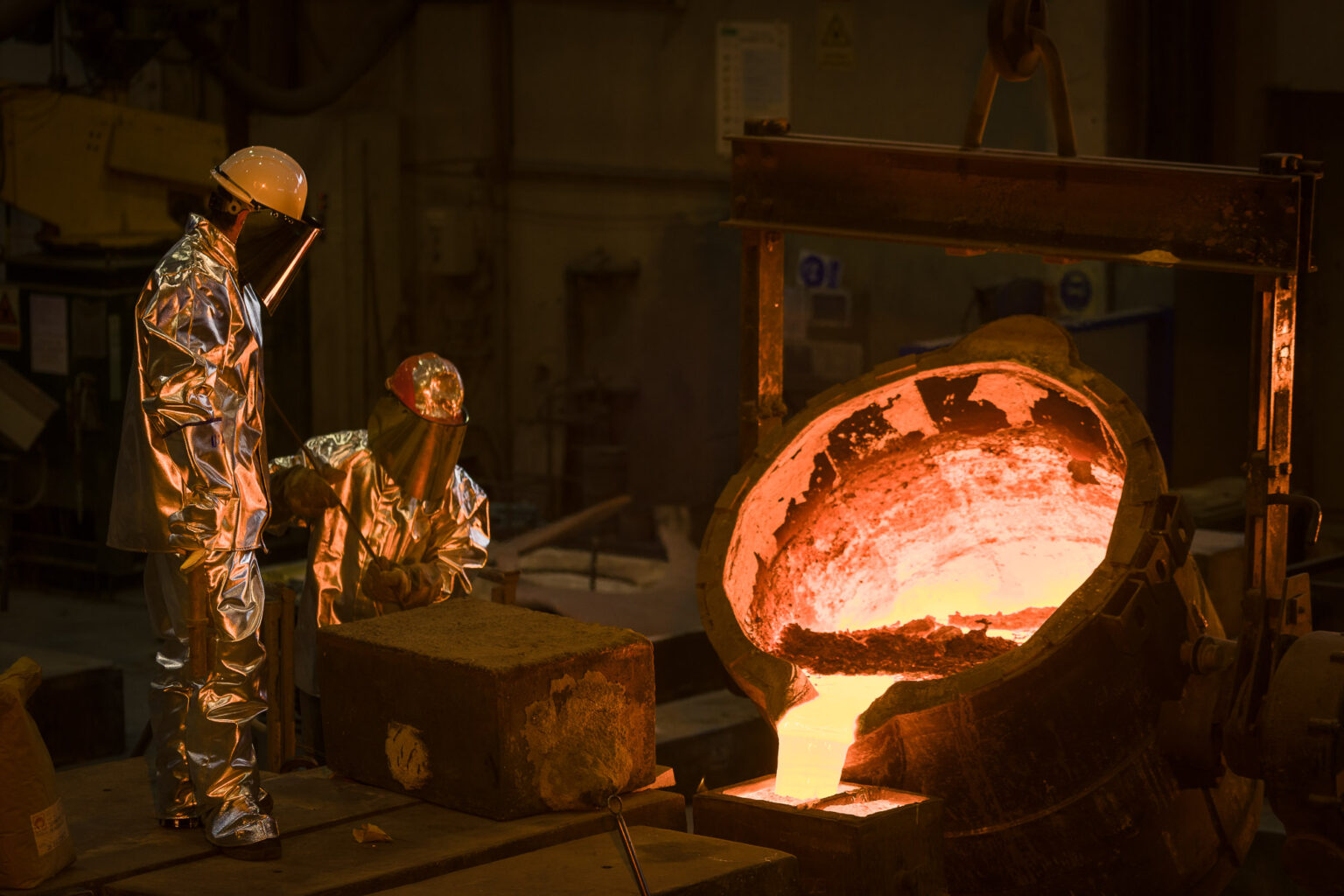
Our Clients Recommend Us for Our Results
Learn More From
Frequently Asked Questions
Marine Propeller pitch refers to the theoretical distance a propeller would advance in a single 360° rotation.
For example, a marine propeller with a pitch of 40 inches would advance that distance in a solid medium. In water, however, the propeller experiences slippage, resulting in less actual advance. Proper pitch calculation considers factors such as engine power, RPM, transmission, vessel size, and application.
The number of blades impacts the ship propeller’s performance, efficiency, and vibration.
- 2 blades: Used in sailboats for low drag during auxiliary power use.
- 3 blades: Provide a good balance between blade area and efficiency.
- 4 or more blades: Reduce vibrations and improve stability, though they may generate more turbulence.
The ideal design depends on the vessel’s characteristics and the user’s specific requirements.
Yes, some marine propellers produce a high-pitched humming sound known as “singing.” While it does not affect functionality, it can be bothersome. If you experience this issue, Contact us for a tailored solution.
Several signs may indicate that your propeller is not suitable for your vessel:
- The engine fails to reach its designed RPM, which may cause overloading.
- The engine exceeds its designed RPM, suggesting the ship propeller is not absorbing all the power.
- The ship propeller shows signs of cavitation or erosion.
Our team can help you assess and adjust the propeller to maximize its performance. Contact us for more information!
While diameter and pitch are critical, other factors must also be considered when choosing a marine propeller, such as:
- Number of blades
- Direction of rotation
- Shaft diameter and keyway
- Blade area
- Blade shape and skew angle
- Blade thickness and bore diameter
Rice Propulsion’s engineering team is ready to guide you and ensure the best choice for your vessel.
